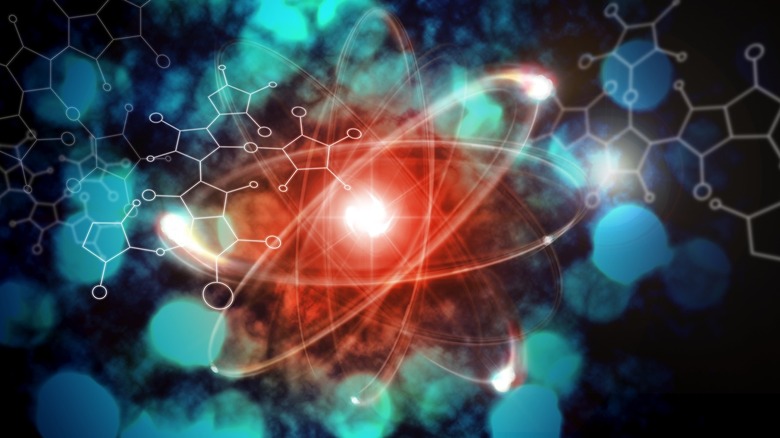Particle Accelerator Creates Substance That Hasn't Existed For 13 Billion Years
It hasn't existed since the beginning of time itself, but now scientists have managed to create what they call quark soup. This substance is believed to be the smallest, hottest, and densest state of our universe and the very "soup" that allowed the universe to grow and expand into what we know it as today.
The feat was made possible thanks to a powerful yet very complicated particle accelerator. According to research featured in a video by Scientific American, the universe began as a quark soup — the smallest, most fundamental building blocks of our atoms. Scientists say these quarks floated in a fluid-like force that held them all together inside their proton and neutrons.
These particles, the researchers say, are called gluons. As such, the plasma-like fluid that helped create our universe, the quark soup that they have recreated here, is more formally called quark-gluon plasma. And it hasn't been found in nature since the beginning of time, as far as we know. But by using a particle accelerator located at Brookhaven National Laboratory in Long Island, scientists were able to recreate it.
The accelerator's 2.4-mile-long ring allows atomic nuclei to speed around it at 80,000 times a second – roughly 99.995 percent the speed of light. Researchers use superconducting magnets to control the atomic nuclei as they speed around the ring, being supercooled to near absolute zero at certain points, before two beams eventually collide into each other, creating tiny drops of quark soup.
The hope is that measurements of these collisions will provide important insight into the quark-gluon plasma, and that it will open new doors of understanding for scientists studying the birth of our universe. By studying quarks and this quark soup, scientists will hopefully learn more about the very origins of the cosmos, and how matter in the universe came to be.
